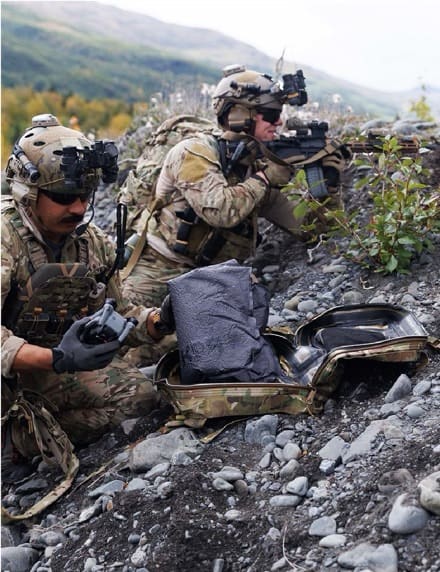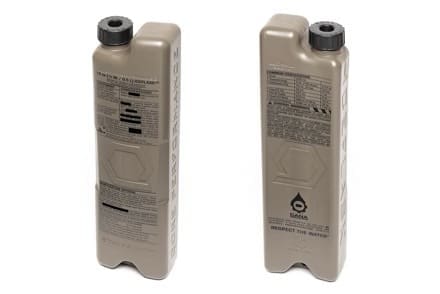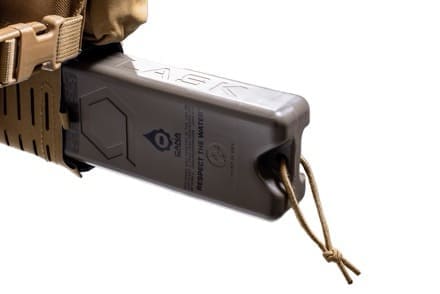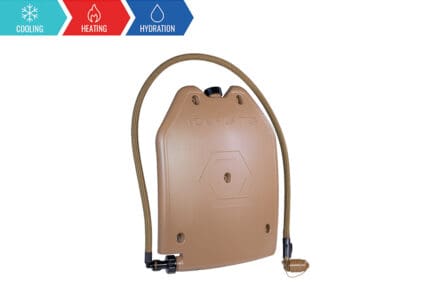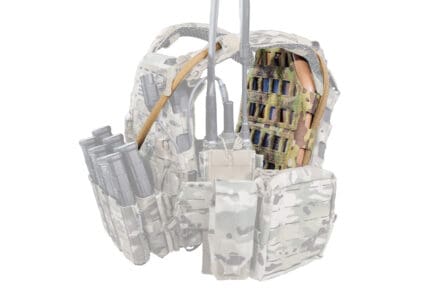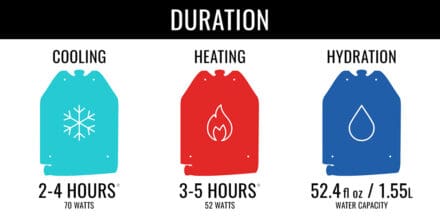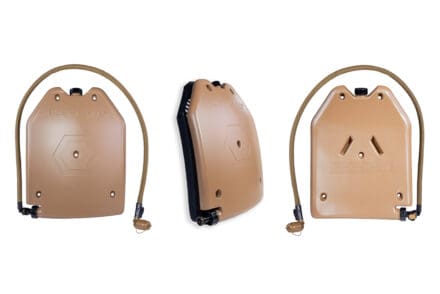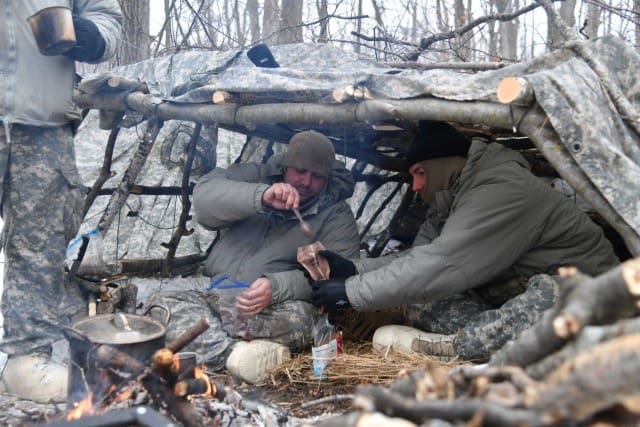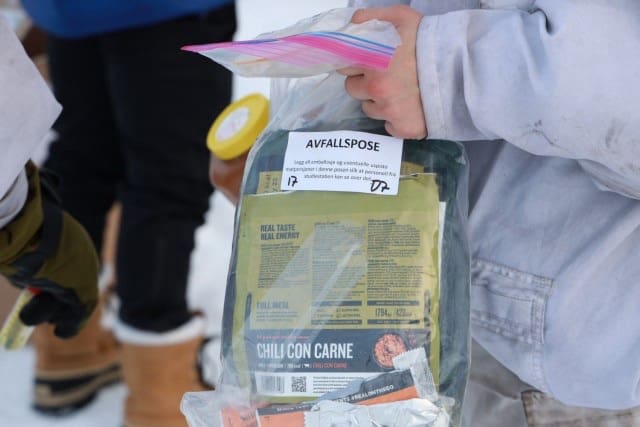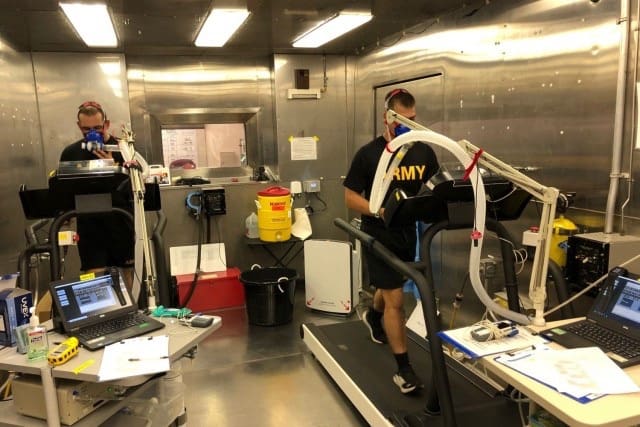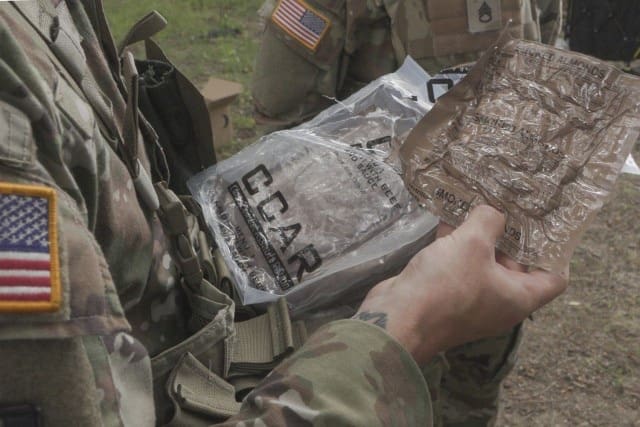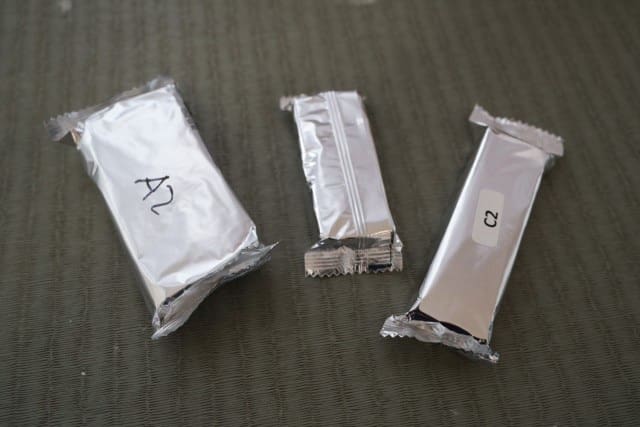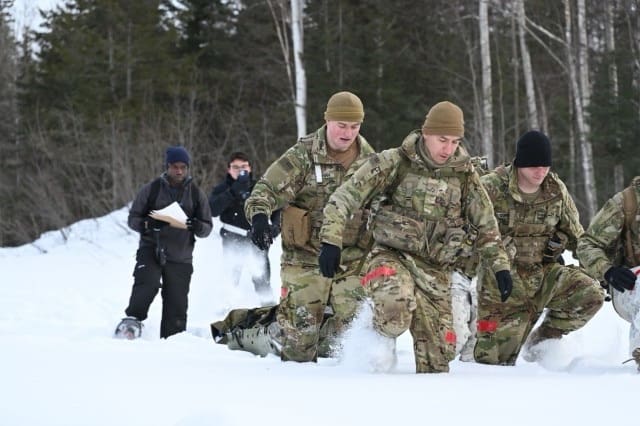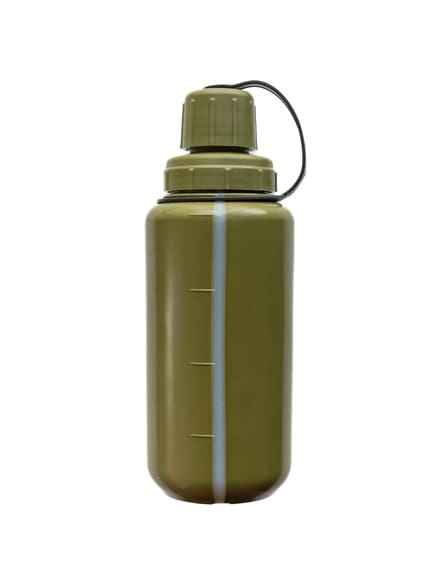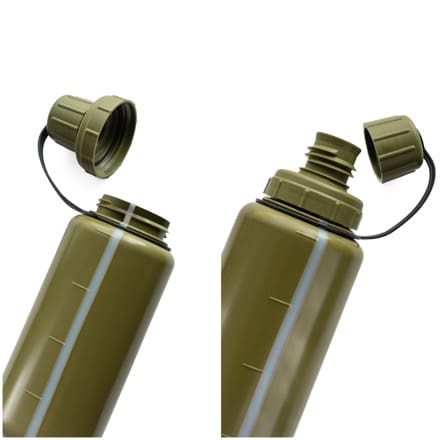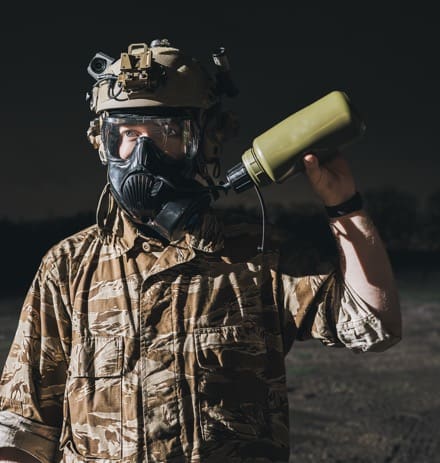WASHINGTON — Batteries for cellphones and other small devices deplete quickly outside in the winter, and that’s no different for warfighters in the field. To make sure they’re focused on the mission — and not the temperature or malfunctioning equipment — War Department experts are creating specialized technology and adapting current equipment to survive in frigid climates.
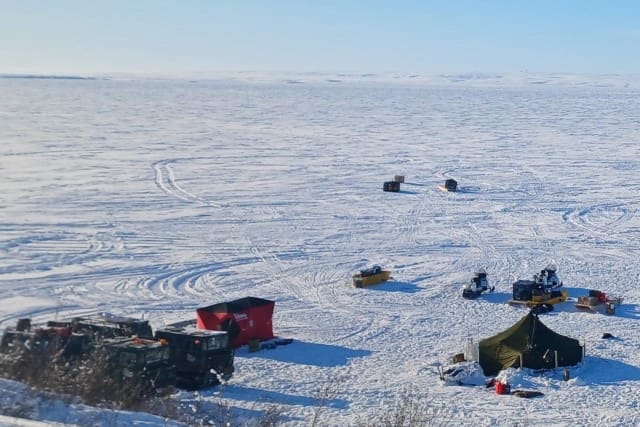
More countries, including U.S. adversaries, are increasing their presence in the Arctic thanks to its vast natural resources and new shipping lanes that have opened due to ice melt. Those changes have helped to shift the future of expeditionary warfare toward small, self-sustained units that can function in the extreme cold. Supply lines aren’t well-established in those areas, so units often have to carry their own food and cooking equipment.
In temperatures that are often minus 25 degrees Fahrenheit or below, currently fielded cooking equipment used by troops just won’t cut it. Materials used throughout field feeding systems — such as plastic, rubber and textiles — can freeze and break, while other items lose their ability to function, affecting a warfighter’s productivity or even shutting down operations.
At the Army Combat Capabilities Development Command Soldier Center’s Combat Feeding Division in Natick, Massachusetts, researchers are working to create and supply equipment that will keep warfighters on task for mission success. While the division’s main focus is the nutritional needs of warfighters, how they’re able to prepare their meals to meet those needs is also important.
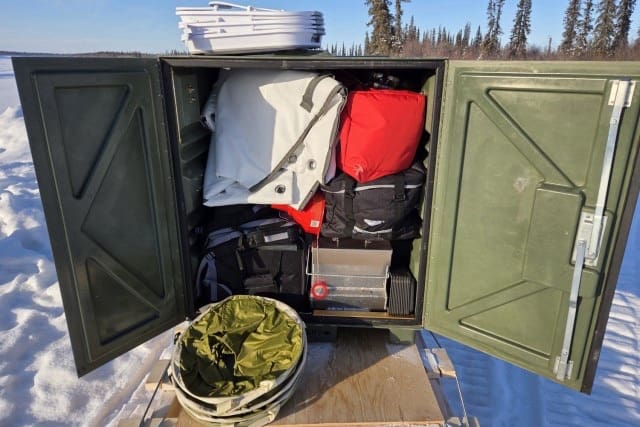
That’s where Ben Williams, a mechanical engineer and the division’s self-described de facto cold-weather sustainment expert, comes in. He’s helped develop numerous cold-weather field feeding and sustainment technologies for expeditionary forces.
Until recently, portable kitchens used in the field were built to feed between 250 and 800 soldiers and weren’t designed to work below minus 25 degrees. So, Williams and his colleagues set out to design and build newer equipment that’s smaller in scale but offers the same capabilities in a cost-effective expeditionary package.
Thus was born the Expeditionary Field Feeding Equipment System, or EFFES, a collapsible kitchen system developed with the help of the Marine Corps as a way to feed about 100 to 150 warfighters.
“It’s basically a kitchen in a box,” Williams said of the tent, equipment and gear that fits in a pallet-sized container. “It’s very mobile, very lightweight. You can airdrop it, you can sling load it, put [it] in the back of a pickup truck. You don’t need standardized military equipment to transport it.”

The EFFES cooks using most standard fuel types and has no external power source; it’s battery-powered and self-sustained through thermoelectrics, a process where a temperature difference creates an electric current. A majority of its components are commercially available, keeping costs much lower than if parts were custom-built. It also helps soldiers in the field when it comes to replacements.
“If something breaks, they can just use unit dollars to replace it,” Williams said. “And since most components are commercial off-the-shelf, the likelihood that they’ll be available and in stock is high. This ensures that equipment in the field remains operationally available.”
Service Member Tested
The Combat Feeding Division has tested 10 EFFES prototypes over the past three years in several locations, including with units at the Marine Corps Mountain Warfare Training Center in central California and by the Army’s 11th Airborne Division in Alaska during Joint Pacific Multinational Readiness Center exercises.
It was also tested by the Army’s Cold Regions Research Engineering Laboratory during one of its yearly Arctic-led international expeditions, where the system was transported across 1,300 kilometers, and minus 30 degrees was the daily operational temperature.
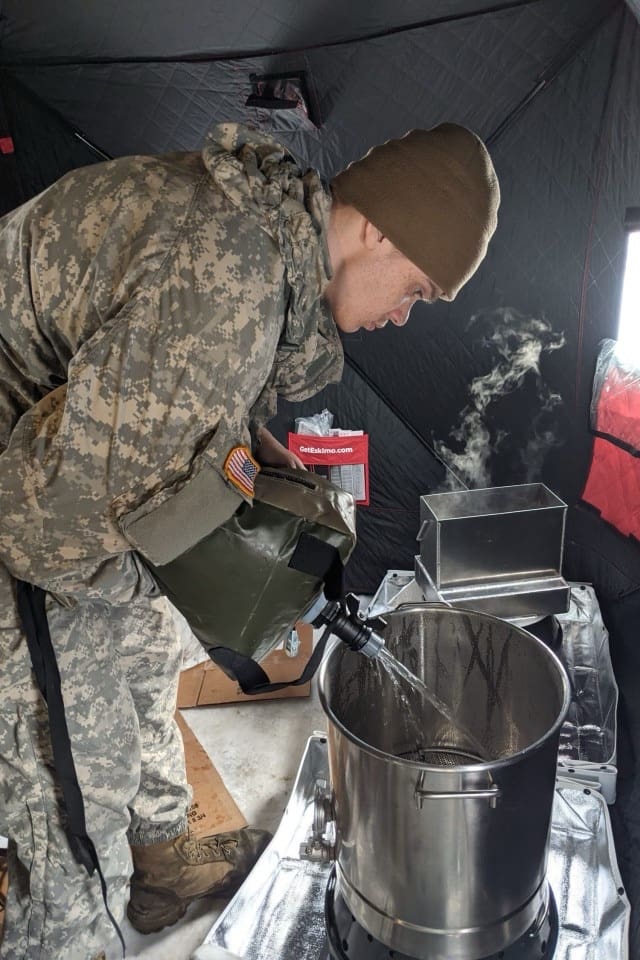
“They were trading with the native population … cooking moose meat and making biscuits,” Williams said. “Military personnel who had no food service background were able to utilize the equipment with minimal training.”
So, how does this kitchen-in-a-box work in the extreme cold? Underneath a small, insulated tent, its users set up three cooking stations, each of which uses an insulated 2-gallon fuel tank that’s attached to a Marine Corps standard squad stove known as the MSR XGK stove, which is usually intended for individual use.
“We’re going to use three of those to cook for 150 people,” Williams said. It’s something they’ve managed by modifying the burner to triple the heat output and make some other functional tweaks.
“We can cook faster, and the fuel consumption is drastically lower,” Williams said. “We’re using 80% less fuel than burners we use in our other kitchens. It’ll run for about 30 hours off one tank. It’s a big difference.”

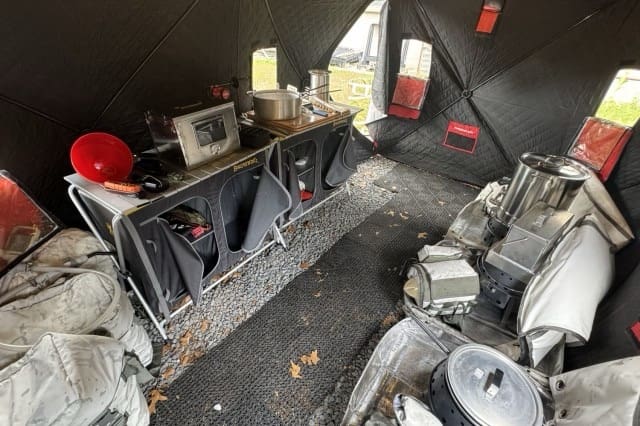
To pressurize the fuel bottles, they supplemented the stove’s manual hand pumps with insulated automatic air pumps.
Among other items, the EFFES also comes with flame-resistant, insulated covers that can be used with the system’s pots, pans and ovens; special adapters for heating group rations; and carbon monoxide sensors for safety. The larger components are collapsible.
“It’s got everything you need for prepping, cooking, serving and sanitation,” Williams said.
Crews also have specially insulated backpacks to hold 5-gallon water bladders that won’t freeze and can be folded when empty. “If you leave with 120-degree water from the tap, you can keep it above freezing for at least three days at minus 40 degrees, just sitting outside,” Williams said.
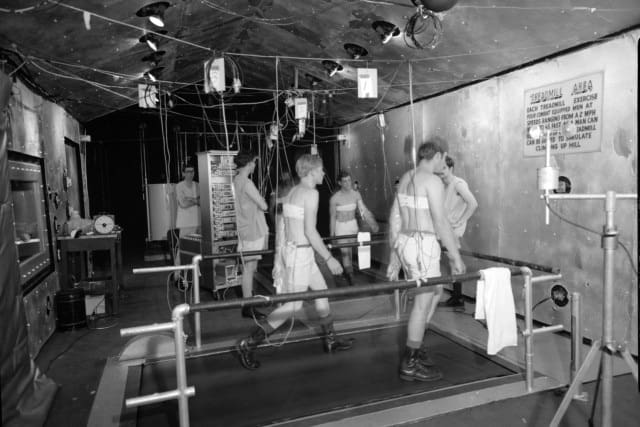
Climatized Indoor Testing
Williams and crew test all the equipment at the nearby U.S. Army Research Institute of Environmental Medicine’s Doriot Climatic Chamber, which for decades has tested the effects of extreme environments on people and equipment.
“Every climate you could possibly imagine … we can re-create,” said Jeff Faulkner, the facility’s manager.
The chambers’ temperatures can range from 165 to minus 65 degrees, and they can create 40 mph of wind, rain and snow. Each chamber has inclining treadmills that can handle up to five soldiers at 15 mph on a 12-degree incline. Smaller conditioning rooms have the same capabilities as the chambers, except they can drop to minus 72 degrees.
Inside a tent in one of the conditioning rooms, Williams recently tested a prototype fireproof insulated combat equipment stove, known as the ICE stove. Unlike the EFFES, the ICE stove weighs 35 pounds, folds up and is transportable like a duffel bag.
“Everything’s thermoelectric, so there’s no external power,” Williams said.
The ICE stove’s burner, which is contained in an aluminum cradle for safety, is able to rapidly heat water or reheat meals, ready-to-eat entrees in temperatures down to minus 60 degrees. It comes with a cook pot for water and a second tank on top that can melt snow. There’s also an exhaust tube that allows the ICE stove to vent out the top of the tent, as well as carbon dioxide and monoxide sensors.
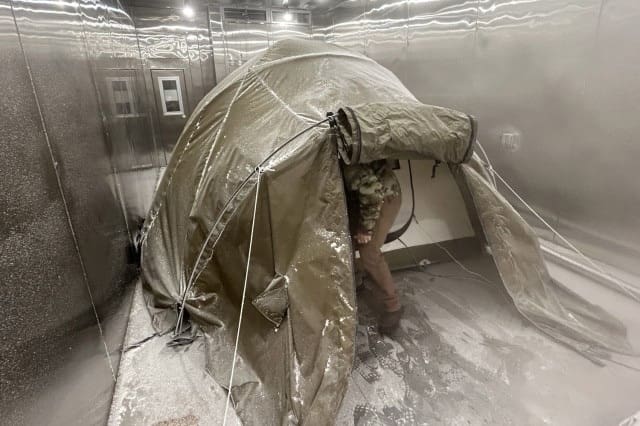
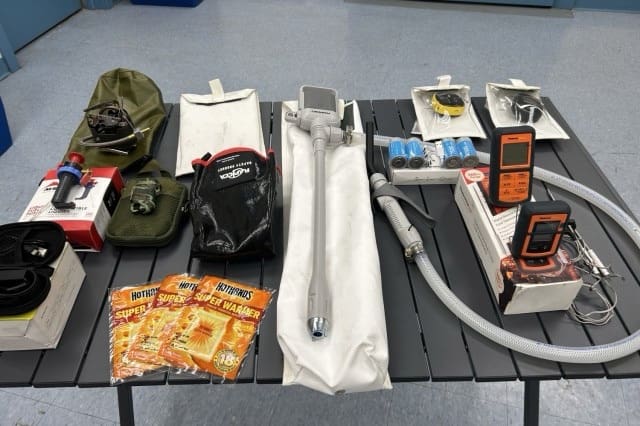
“The whole point of this is to rapidly heat enough water for a platoon of 50 people for their meal, cold water rations,” Williams said. “If you want to heat MRE pouches, other prepackaged foods or just some biscuits, you can do that in the top section.”
When warfighters want to create hot water or reheat their MREs outside the tent, the ICE stove’s insulated wrap maintains performance and keeps the water or rations warm. Water is then dispensed through a lithium-ion battery-powered electric pump and hose — much like a gas pump.
“A lot of things break instantaneously at [minus 40 or minus 60 degrees]. Rubber is one of them, so you have to get a special platinum-infused silicone hose, so it remains flexible,” Williams said. To keep the pump and other external parts running optimally, disposable hand warmers can be stuffed in specially designed insulated pockets.
The stove comes with several other small side components, including plasma lighters, matchless fire starters, an LED headlamp and a remote temperature monitor that can operate from several hundred feet away.
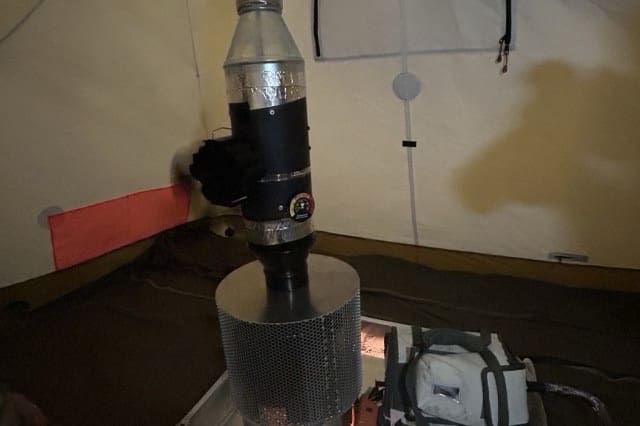
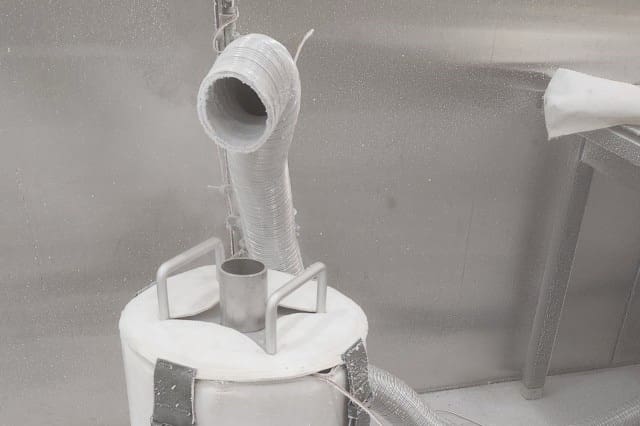
“The operator can be doing other things while his water or rations are heating. You don’t need to sit here and watch it and dedicate a soldier solely to cooking,” Williams said.
The water tanks can easily be exchanged to turn the stove into a tent heater as well, Williams said. A thermoelectric module can be plugged into the electric pump’s battery, acting as a power source. When Williams tested it inside a chamber at minus 50 degrees, it produced a small amount of heat, but it was enough to raise the temperature to a survivable level — about 62 degrees.
“We really want it to be at least 40 degrees without anybody in there, and we’re getting to about 47 degrees,” Williams said.
Testing Other Cold-Weather Creations
Meanwhile, Faulkner said he’s also seen researchers at the climate chamber test a heated bodysuit that went inside of a high-altitude, low-opening jumpsuit. HALO jumping is a technique used for stealthy infiltration into an area in which the jumper exits an aircraft, often at about 30,000 feet, and free falls to a lower altitude before deploying their parachute.
Since the air is thin and freezing at those heights, specialized equipment is required. The test mimicked a three to five-minute free fall.

“[The suit] would keep them warm instead of using this huge, bulky insulated uniform,” Faulkner said. “And to mimic the falling, they had piles of giant box fans blowing in [the volunteer participant’s] face in minus 65 degrees.”
Just recently, the chamber hosted a company working with an Army drone team to test batteries and computer systems in extreme cold temperatures.
Faulkner said that while most of the equipment tested during his years at Doriot has been for cold climates, some warm-weather technology has been prototyped. Researchers tested a microclimate cooling vest that explosive ordnance disposal technicians and others who wear various nonbreathable suits could wear to prevent heat-related injuries.
By Katie Lange, Pentagon News


